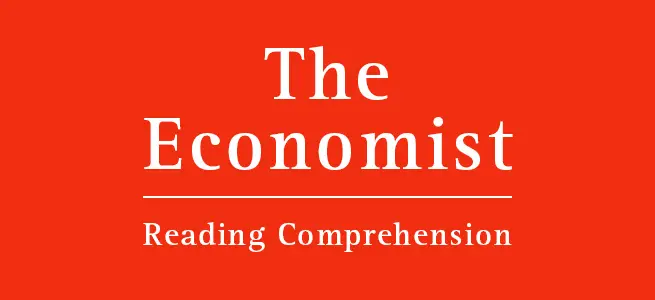Economist GMAT Reading Comprehension Challenge #29
Welcome to the Economist GMAT Reading Comprehension Challenges! If this is your first article here are instructions for approaching the reading.
Economist Article
Table of Contents
Economist Article: “The potential and the pitfalls of medical AI”
Paragraph Summaries
The books strewn around…
Introduction to Dr. Keane, a medical practitioner who is also working in artificial intelligence.
Dr. Keane is an ophthalmologist…
Though he practices ophthalmology (medicine focusing on eye disorders), Dr. Keane is invested heavily in computer science and is collaborating with Google’s AI team to connect artificial intelligence and ophthalmology.
In Britain the number of…
Not enough ophthalmology practitioners exist to keep up with the demand of an aging population, but AI could – theoretically – make correct ocular diagnoses with high accuracy.
But Dr. Keane cautions…
A limiting factor on implementing AI for this purpose is that the tech isn’t yet used on real patients.
The first is about getting data…
Drawback one — Existing data used to train the artificial intelligence is not necessarily standardized or in a usable format.
Then there are the challenges of privacy and regulation…
Drawback two — Patient medical records are strongly protected by law and it is unclear whether and how AI systems can incorporate this information.
Finally there is the question…
Drawback three — AI systems use examples to make decisions, but the reasoning under the hood is mathematical and not easily “explainable”. Vagueness is not good when prescribing medical procedures.
One approach is to highlight…
This paragraph gives a few examples of how AI models can be devised to communicate some degree of their “reasoning” in human-understandable ways, but different stakeholders in the process would prioritize different information. So it would be difficult to find a solution that satisfies everyone.
But even when it is widely deployed…
Dr. Keane predicts that the limitation of medical AI will be as a supplementary tool rather than as a wholesale replacement for doctors, who have many responsibilities above giving diagnoses.
Primary Purpose
To outline the practicalities and limitations of a promising new solution.
Main Idea
Artificial intelligence platforms have potential to become key tools in ophthalmological diagnoses, but several key practical limitations will prevent them from fully replacing doctors.
Happy Studies
Hope you found this Economist reading challenge helpful. Good luck on your GMAT!
